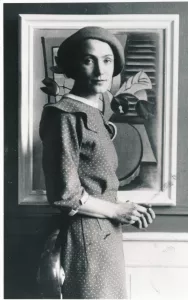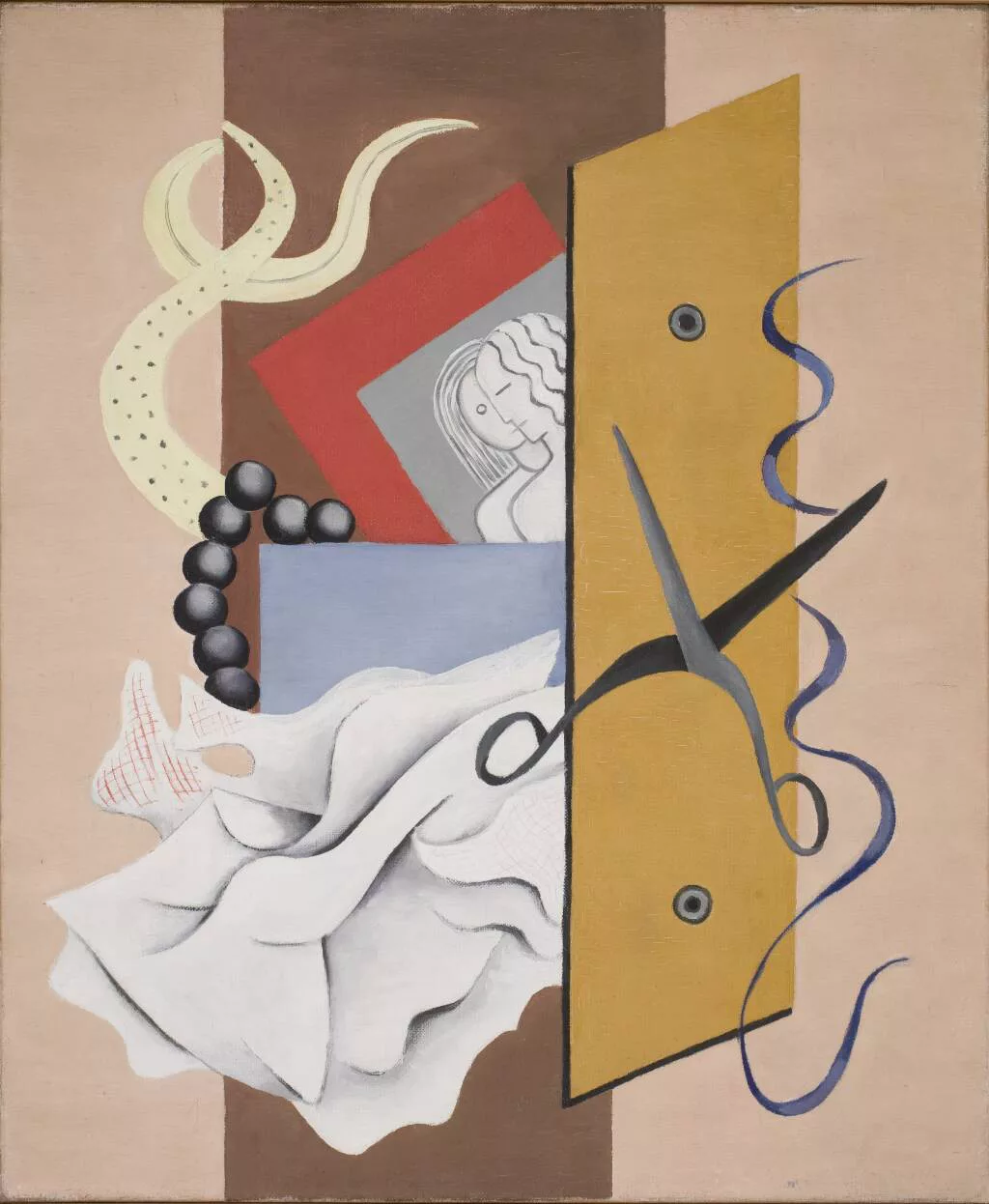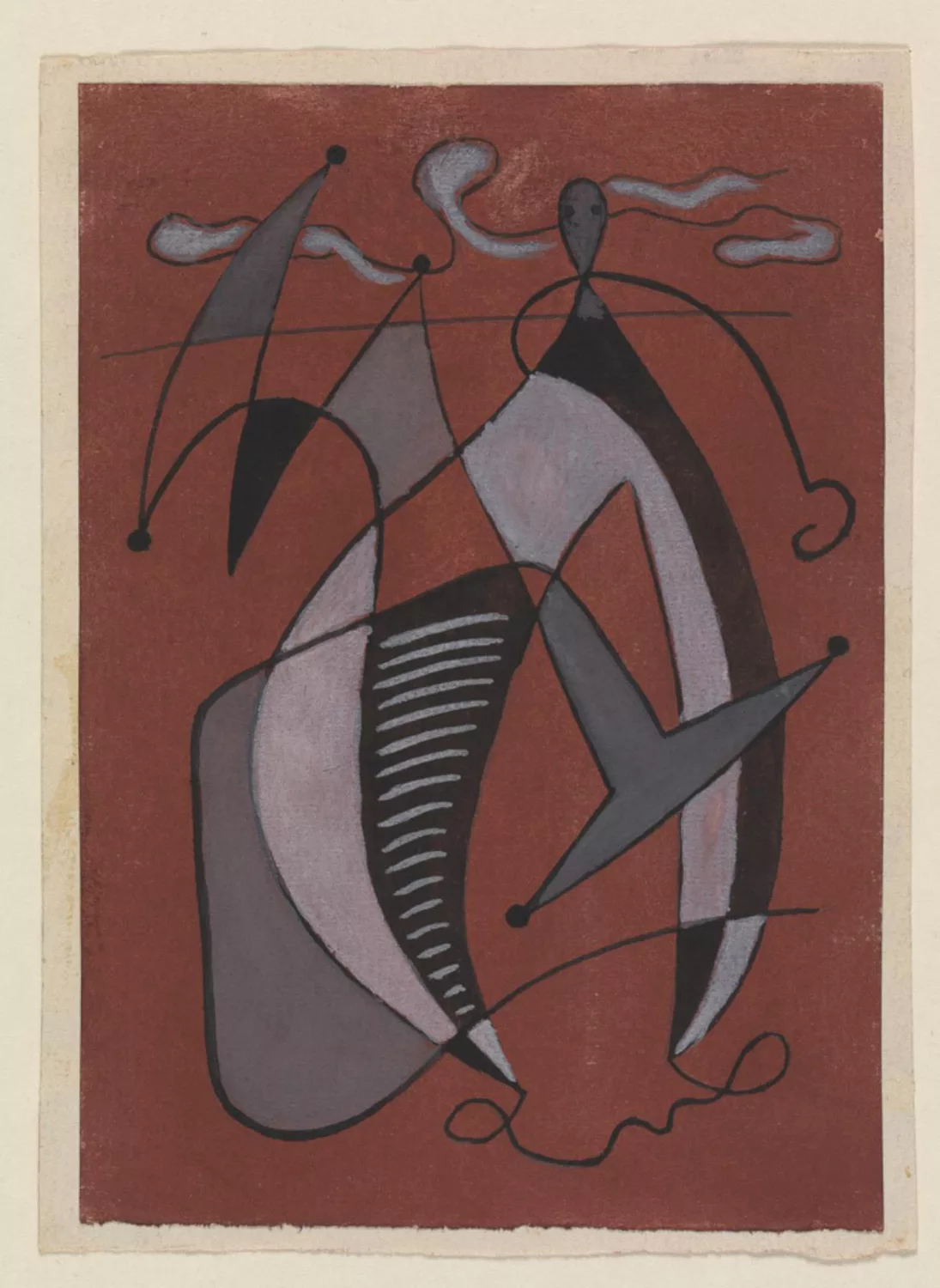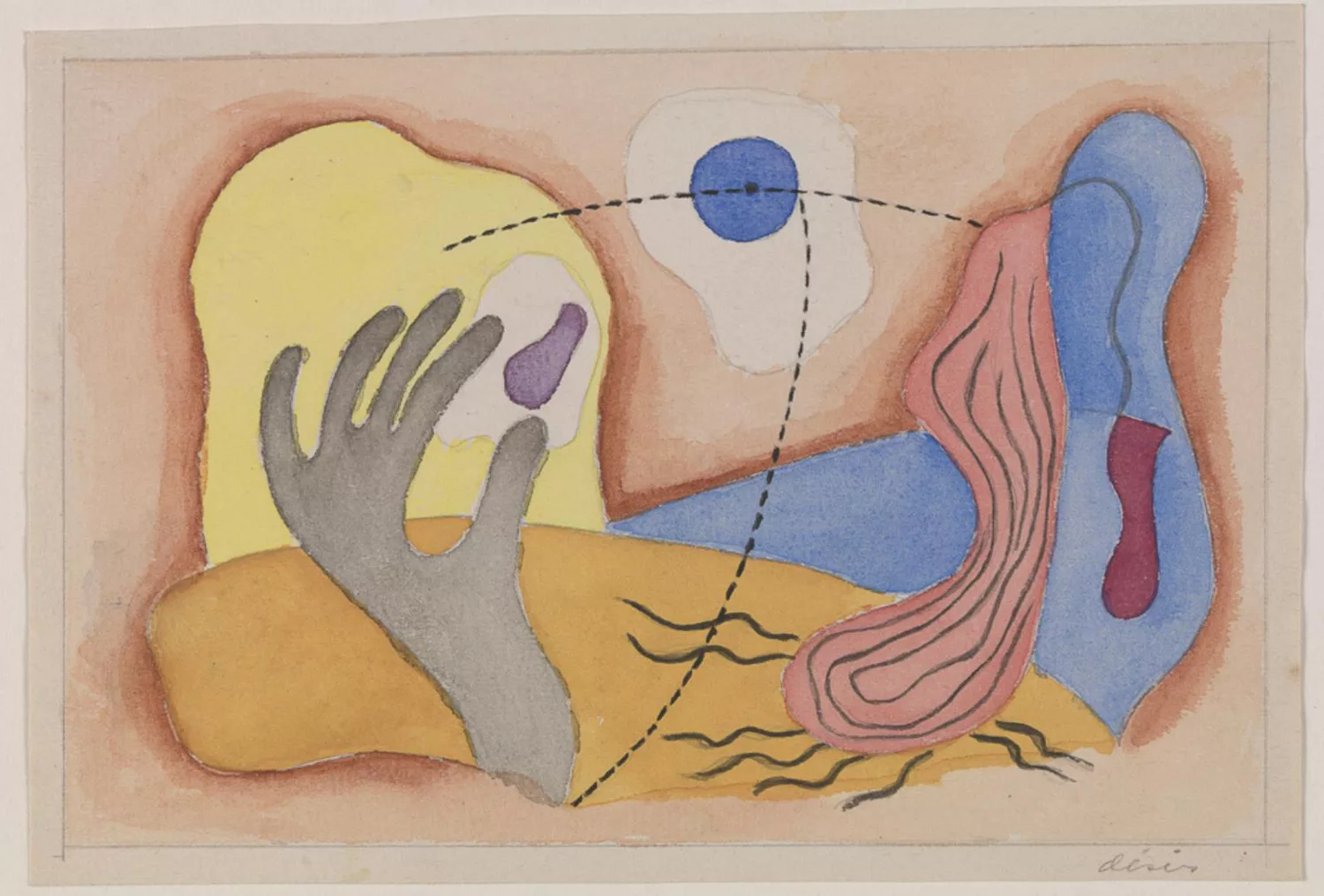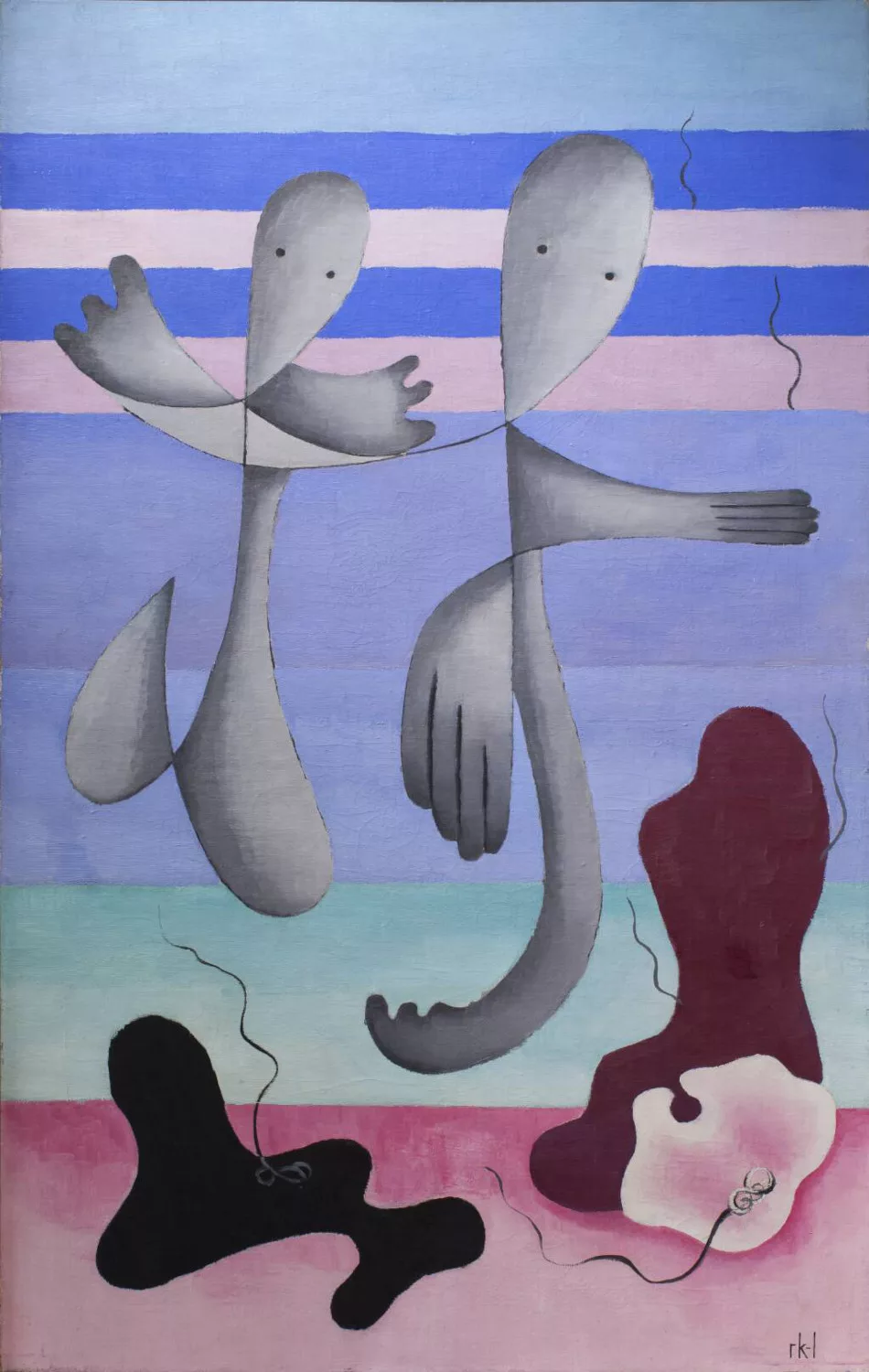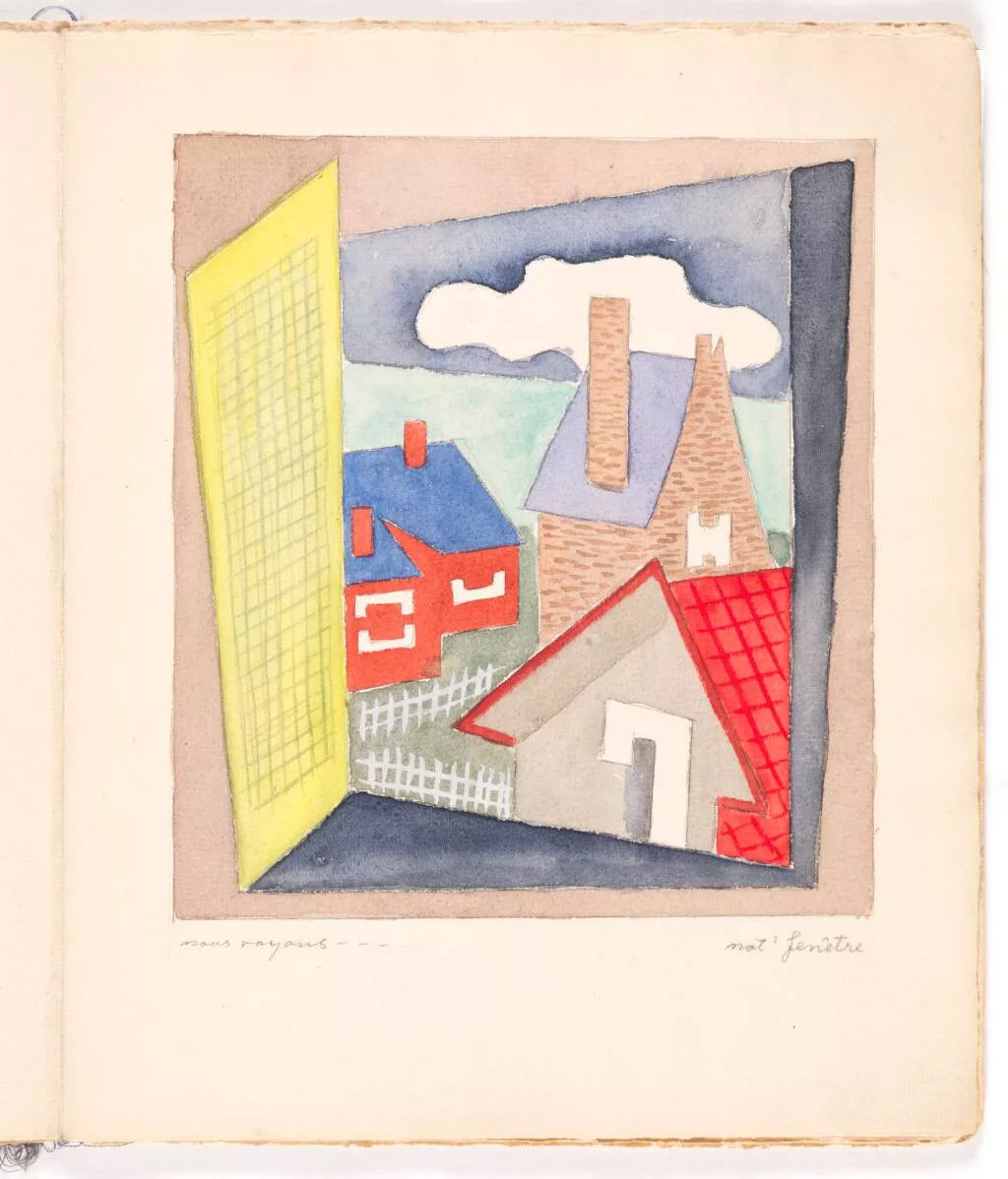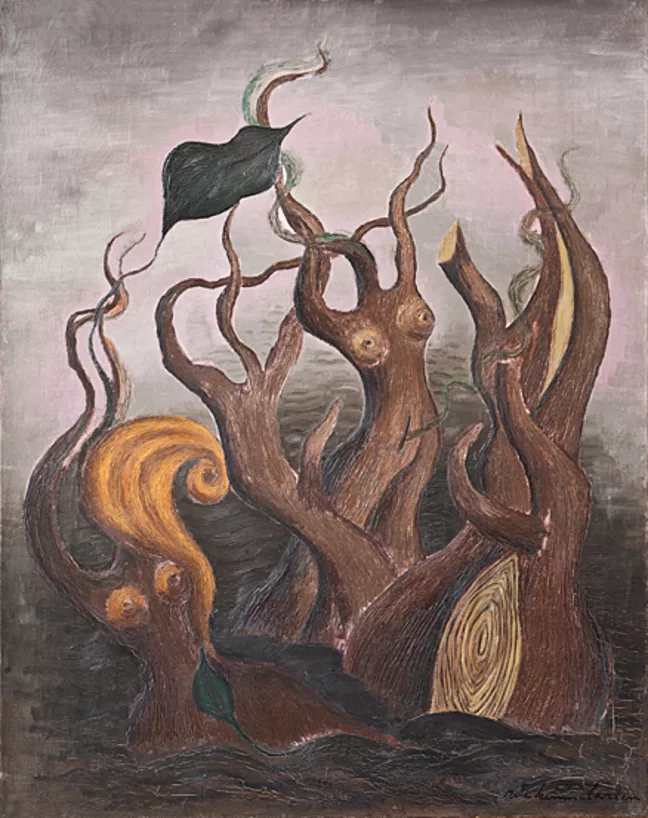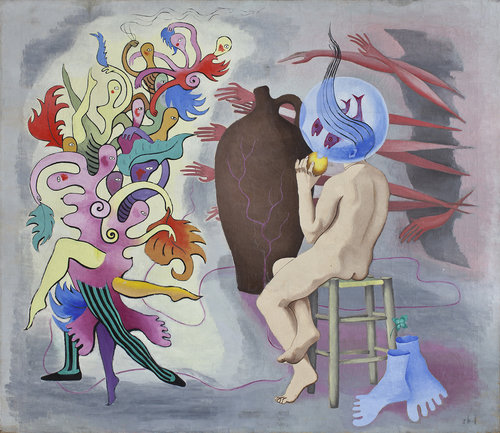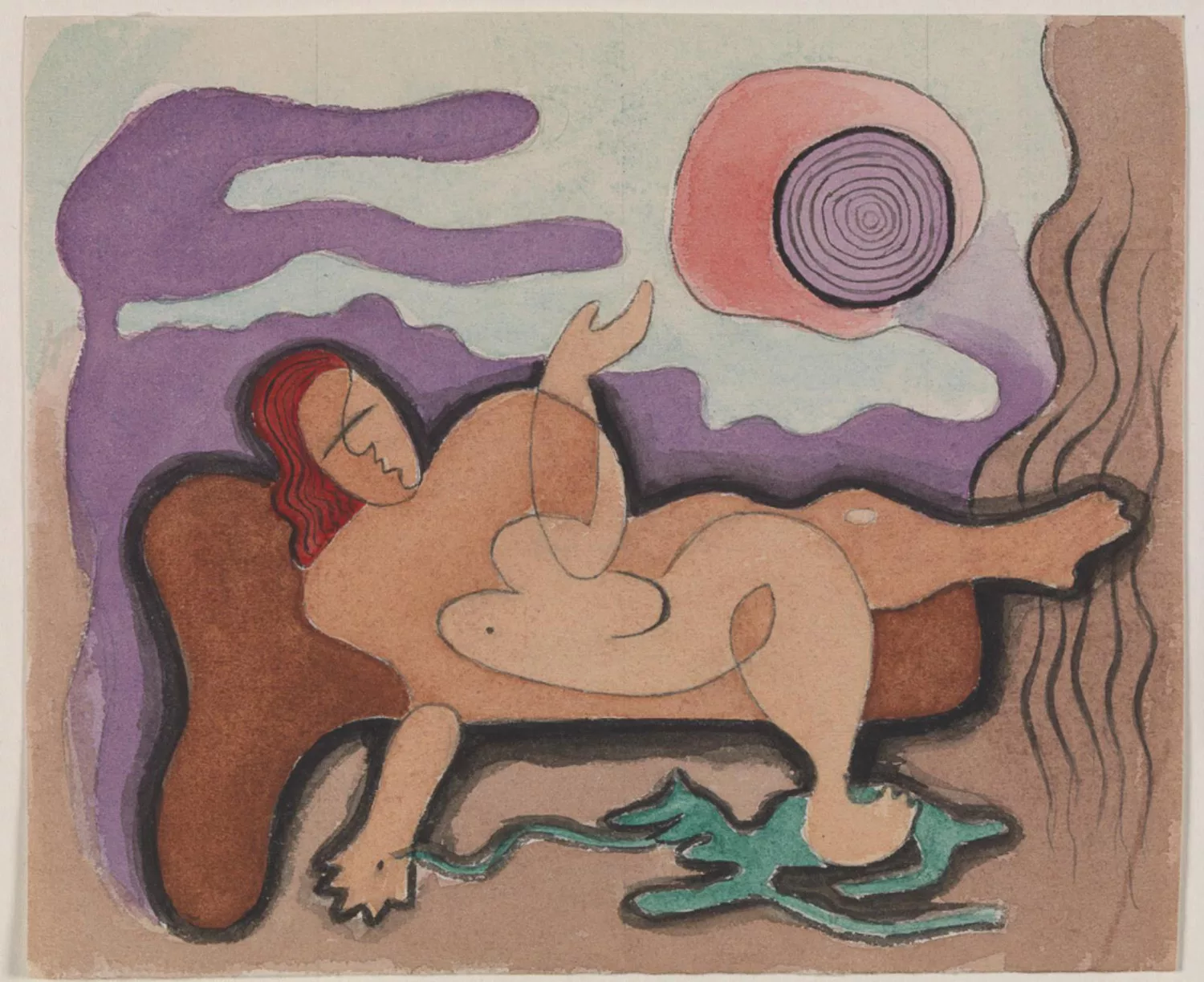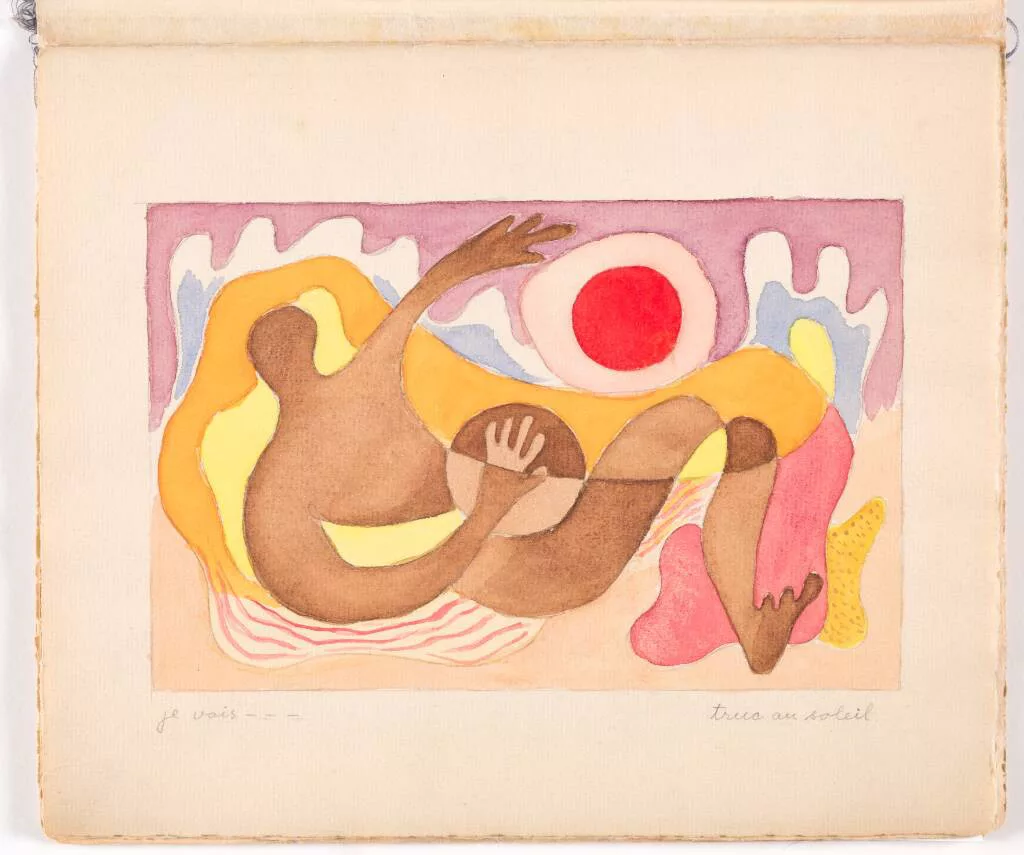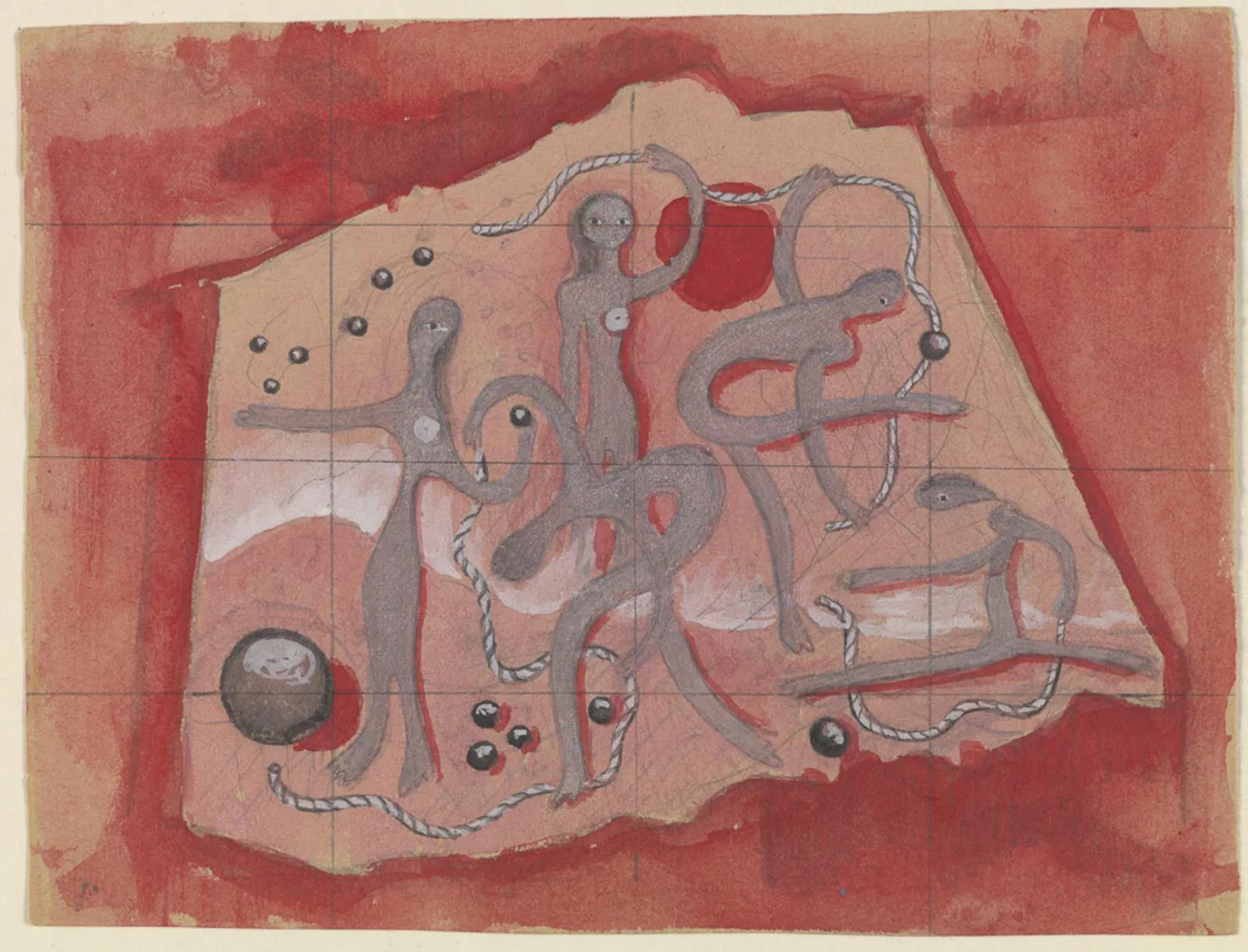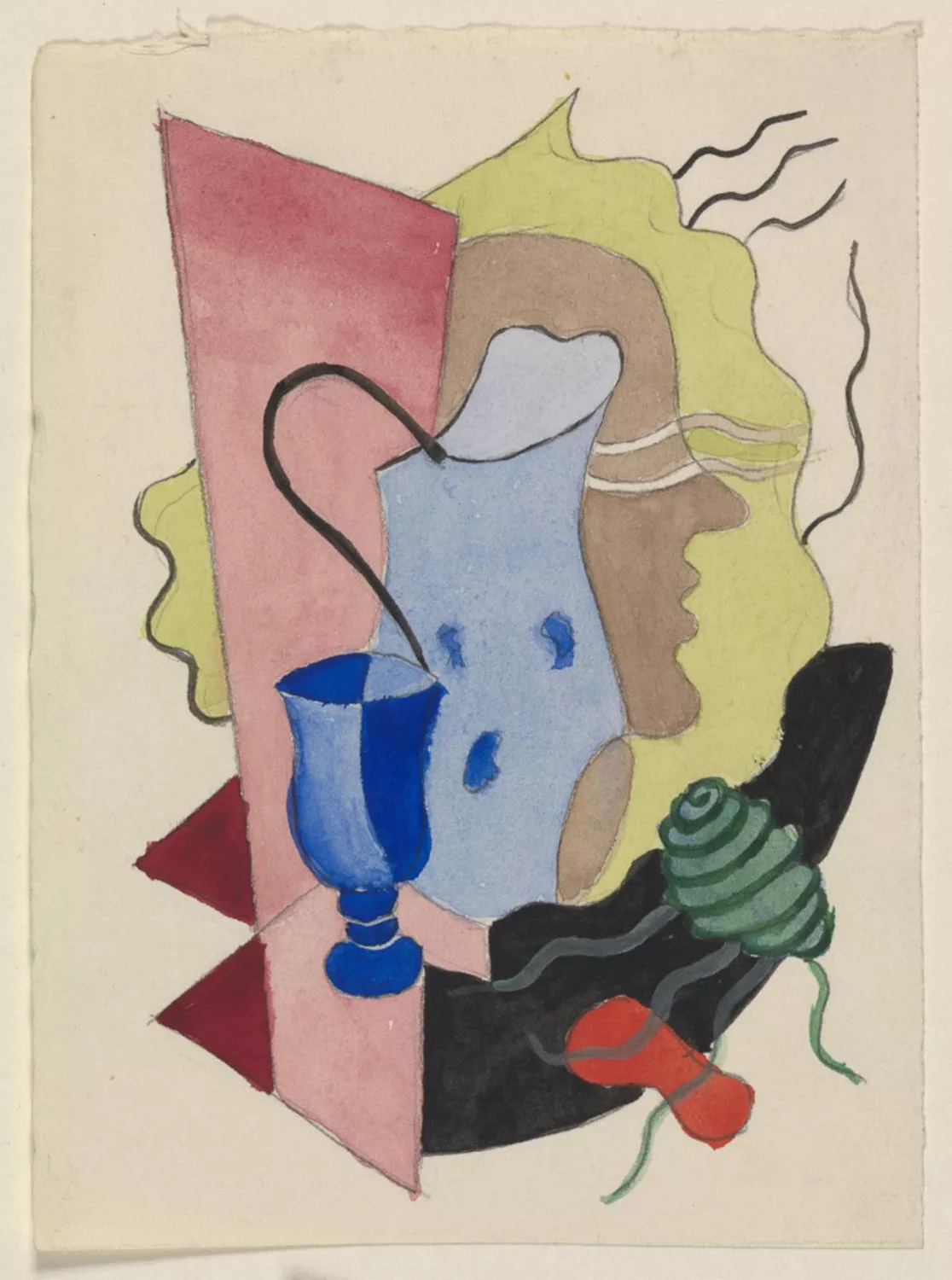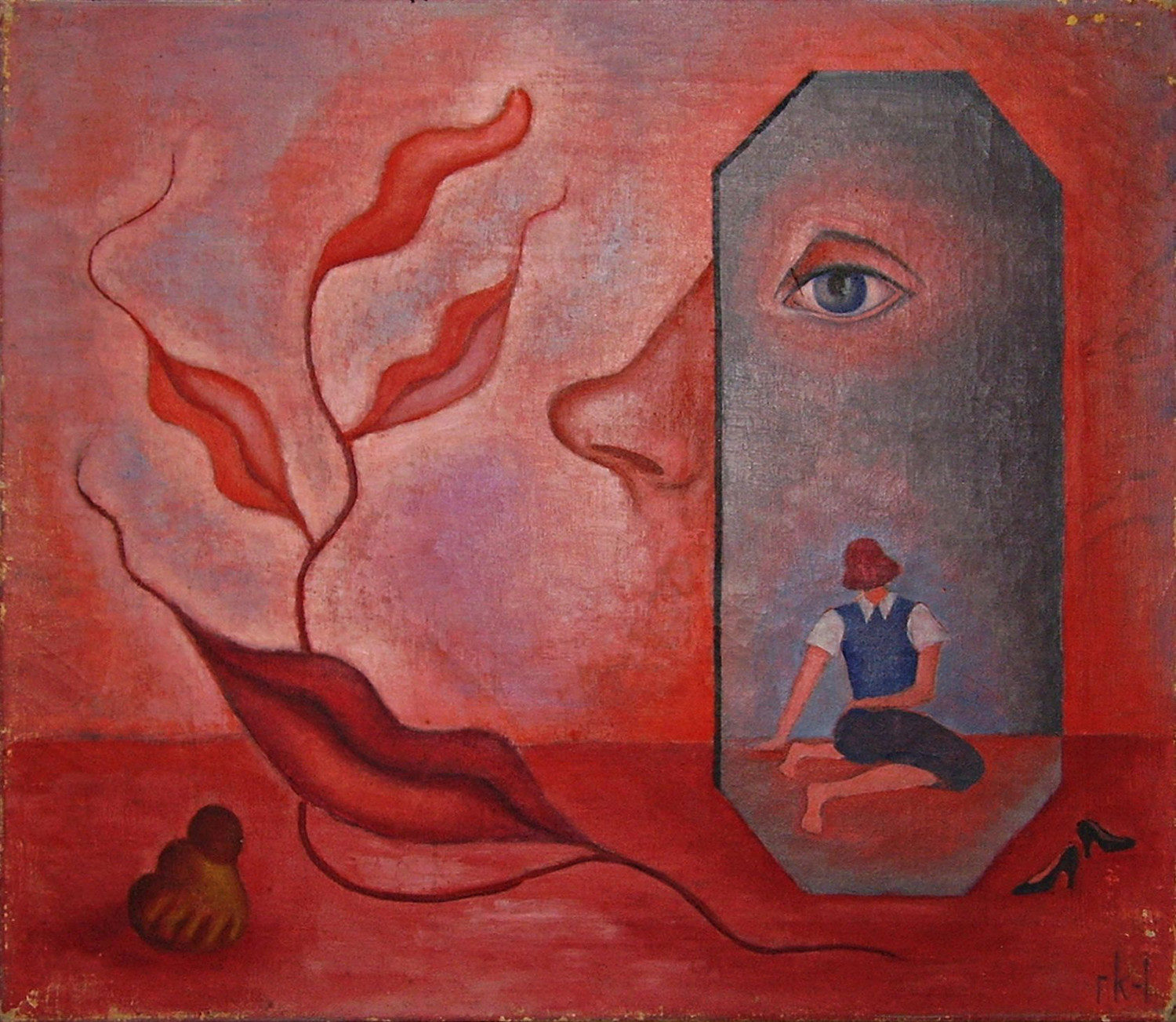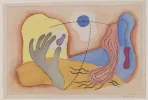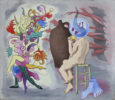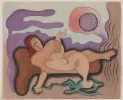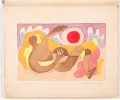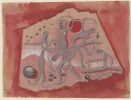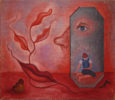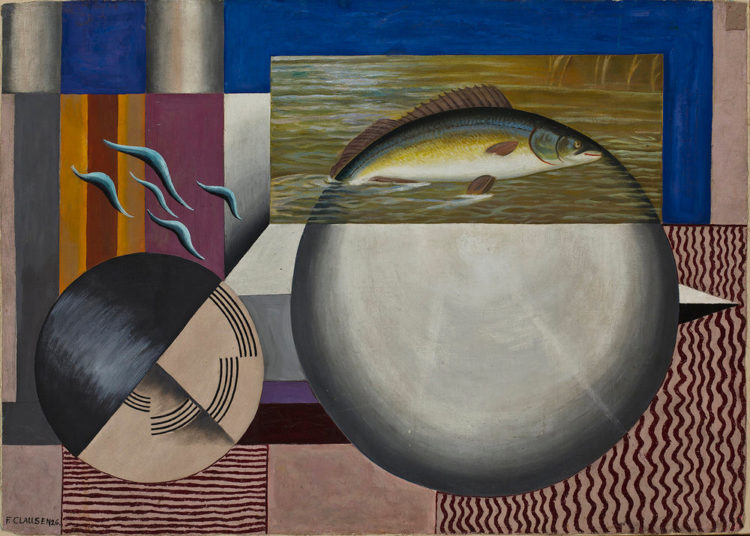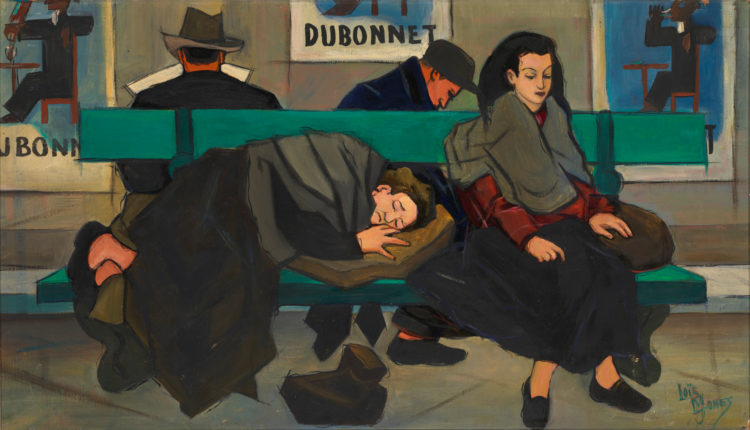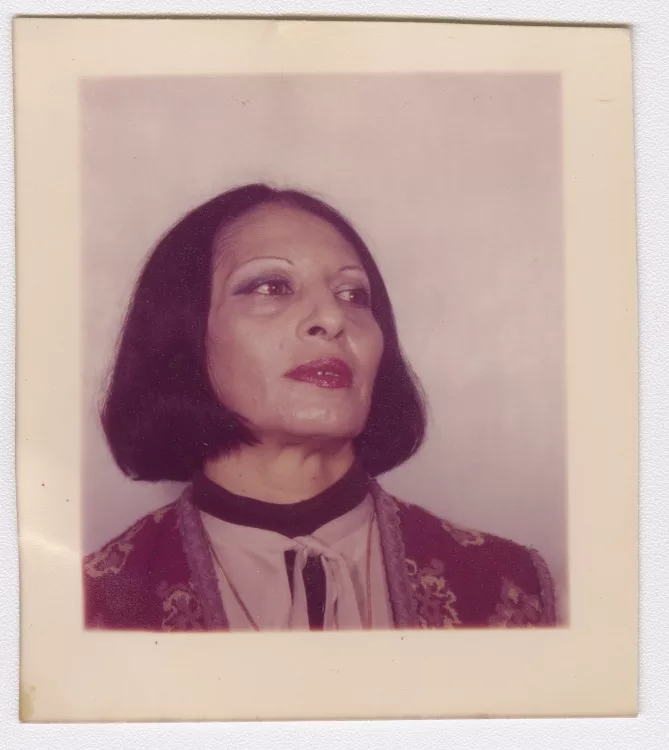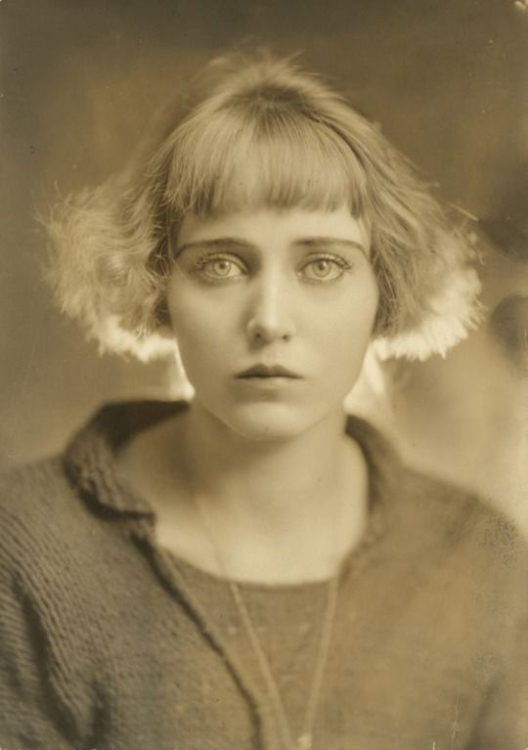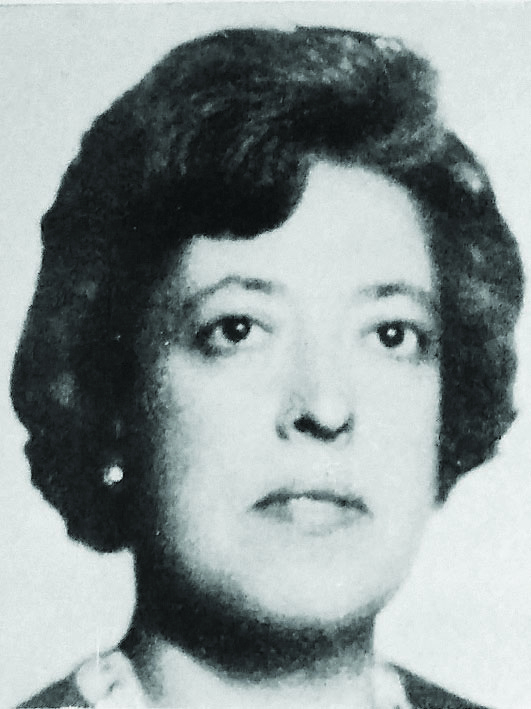Rita Kernn-Larsen
Vovelle, José, “Entretien avec Rita Kernn-Larsen”, in Obliques – La Femme Surréaliste, n° 14-15, Éditions Borderie, Nyons, 1977, p. 47-53
Vovelle, José, « Entretien avec Rita Kernn-Larsen », in Obliques – La Femme Surréaliste, n° 14-15, Éditions Borderie, Nyons, 1977, p. 47-53
Ladefoged, Søs Bech, (ed.), Kvindnernes surrealisme, Gl. Strand, Copenhagen, 2018
Ladefoged, Søs Bech, (dir.), Kvindnernes surrealisme, Gl. Strand, Copenhague, 2018
Roepstorff, Kirstine (ed.)., SOLO: Rita Kernn-Larsen, exh. cat., Gl. Holtegaard, Holte (24 August, 2018–13 January, 2019); Kunsten Museum of Modern Art, Aalborg (7 February–5 May, 2019), Holte, Gl. Holtegaard, 2019
→Ladefoged, Søs Bech, (ed.), Kvindnernes surrealisme, Gl. Strand, Copenhagen, 2018
→Vovelle, José, “Entretien avec Rita Kernn-Larsen”, in Obliques – La Femme Surréaliste, n° 14-15, Éditions Borderie, Nyons, 1977, p. 47-53
SOLO: Rita Kernn-Larsen, Gl. Holtegaard, Holte, 24 August, 2018–13 January, 2019; Kunsten Museum of Modern Art, Aalborg, 7 February–5 May, 2019
→
Collages, Papiers-collés and Photomontages, Guggenheim Jeune, London, 3 November–26 November, 1938
→Rita Kernn-Larsen, Chr. Larsens Kunsthandel, Copenhagen, 1934
Danish painter.
Rita Kernn-Larsen was internationally recognised, mainly for her Surrealist paintings, but throughout her life she also explored the nature of materials and ways to compose in different abstract and figurative styles.
R. Kernn-Larsen was born into a wealthy family from Hillerød, located to the north of Copenhagen, and had access to what was regarded as a correct education at the time, which involved knowledge of the arts and music. She started painting at the age of 13, whilst developing a wild passion for playing the piano. In 1924 she attended the Royal Academy in Kristiania (now Oslo), but shortly after, in 1927, she transferred to the Royal Academy of Art in Copenhagen. She struggled to fit into the Danish academy’s vision of what great art should be, and in 1929 she abandoned her studies to move to Paris. From 1930 to 1931, she attended the Académie Moderne in rue Notre-Dame-des-Champs and became a highly regarded student of Fernand Léger (1881–1955), who was especially influential in her early works. In this period, she developed her talent for composition and was introduced to the Surrealist movement. For R. Kernn-Larsen, Surrealism had no mental or territorial limits and was the ultimate kind of liberation, a state of mind enabling her to explore a pictorial universe of her own. Her oil Den væltede skuffe [The overturned drawer, 1931–1932] is characteristic of her surrealist work, in which a composition of shapes and recognisable everyday elements such as scissors and ribbons mingle in a floating dreamlike space.
In 1934 R. Kernn-Larsen moved back to Copenhagen. Her debut exhibition was highly regarded by the press, and she became associated with the Danish Surrealist movement through the avant-garde journal and artists’ group Linien [The Line]. During this period she also developed a close friendship with the Surrealist artist and poet Gustaf Munch-Petersen (1912–1938). They came to inspire each other until his death in the Spanish Civil War. Her oil masterwork Festen [The Party, 1937] is typical of her consistent focus on a range of metaphors for women’s positions in society within dream scenarios, here with a fishbowl-headed nude contemplating swirling, colourful biomorphic beings in a tornado-like dance. The painting commemorates an infamous party organised by the leading Surrealist theorist in Denmark, Vilhelm Bjerke-Petersen (1909–1957).
During the Second World War, she went into exile in London with her husband, Jewish journalist and art dealer Isak Grünberg (1897–1953), after her solo exhibition at the Guggenheim Jeune Gallery in London (1938). After the war she stopped exhibiting in groups and in 1948 settled in Saint-Jeannet in southern France, painting almost exclusively naturalistic landscapes, followed by a period making ceramics and collages. During this last phase her work became more abstract and she began mixing different materials on the canvas.
R. Kernn-Larsen lived most of her life abroad, between Paris, London and Saint-Jeannet, and exhibited widely with many of the most notable artists of her day. Her work is represented in museums including the Centre Pompidou, the Solomon R. Guggenheim Foundation and the National Gallery of Denmark.
A notice produced as part of the TEAM international academic network: Teaching, E-learning, Agency and Mentoring
© Archives of Women Artists, Research and Exhibitions, 2025


